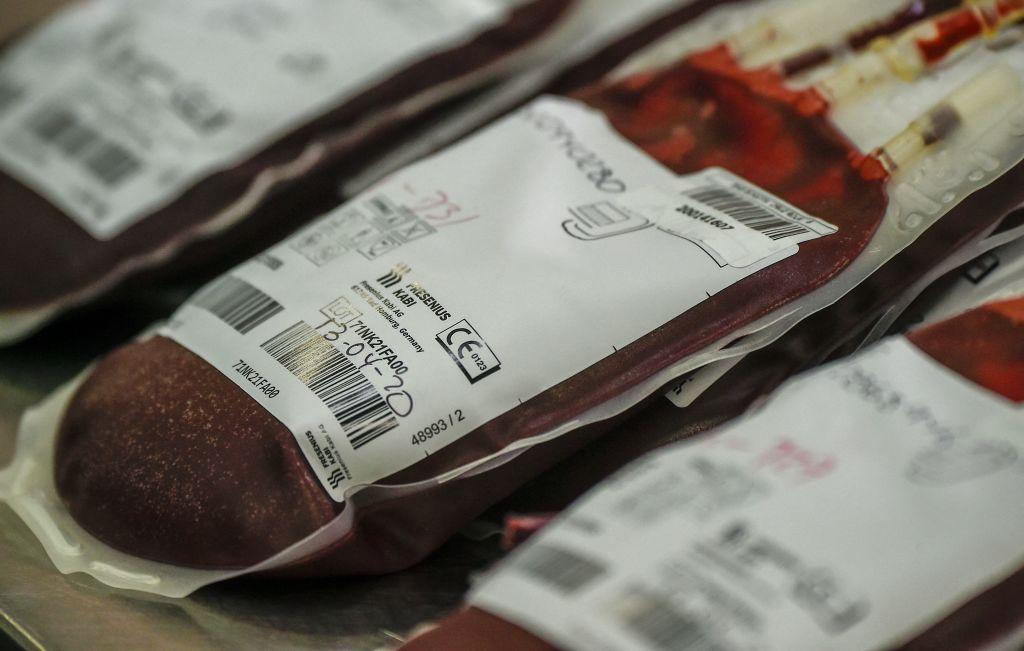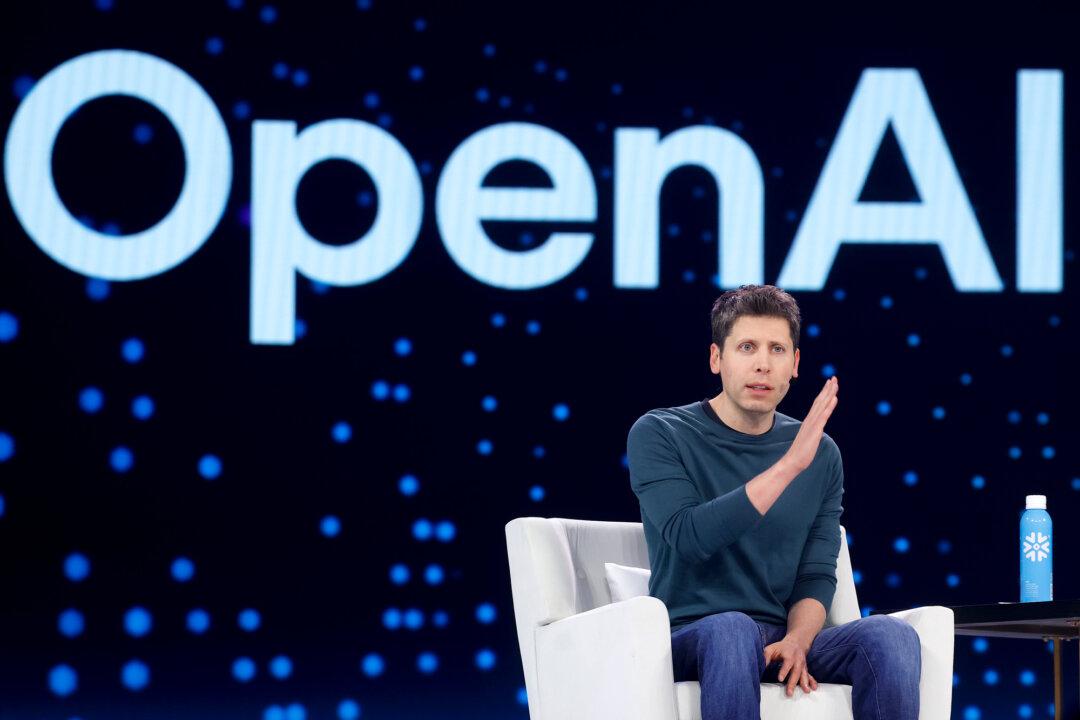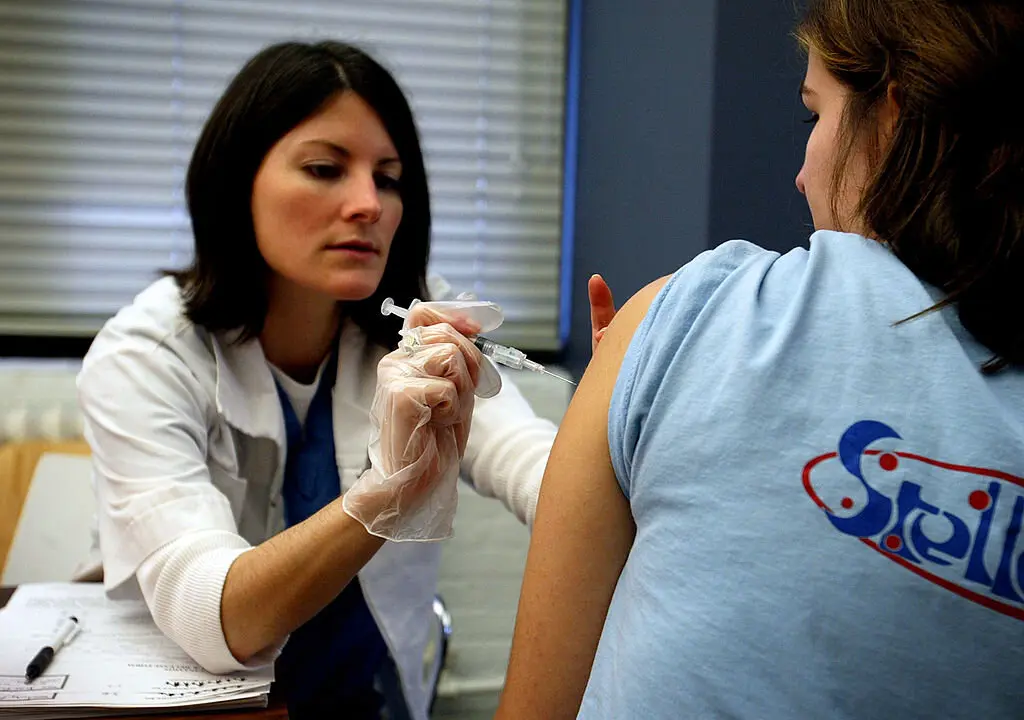Nonprofit blood bank OneBlood, which serves hundreds of U.S. hospitals based in the Southeast region, has been affected by a ransomware attack that has disrupted its software systems.
While the organization remains operational and is continuing to collect, test, and distribute blood, it is running at a “significantly reduced capacity” following the ransomware attack, the group said in a July 31 statement. To mitigate disruptions, the blood bank has implemented “manual processes and procedures to remain operational,” Susan Forbes, OneBlood senior vice president of corporate communications and public relations, said.





